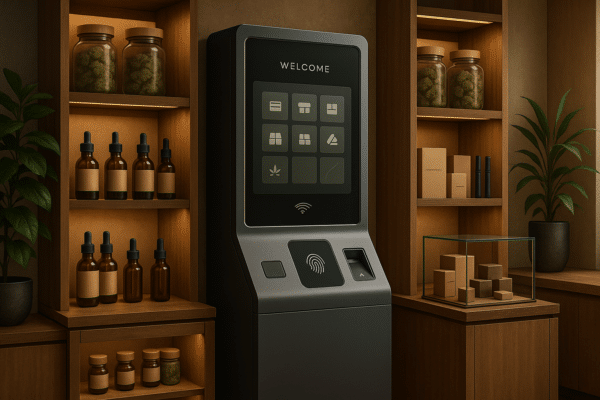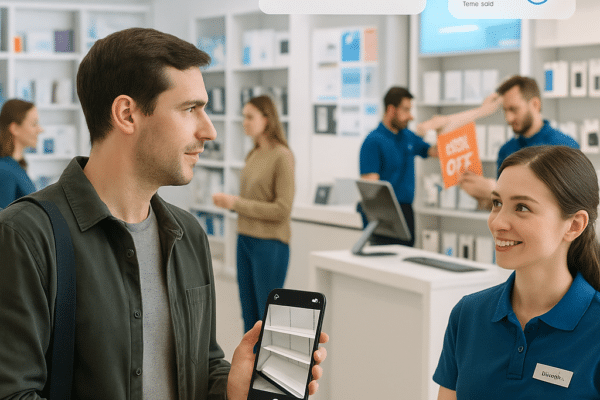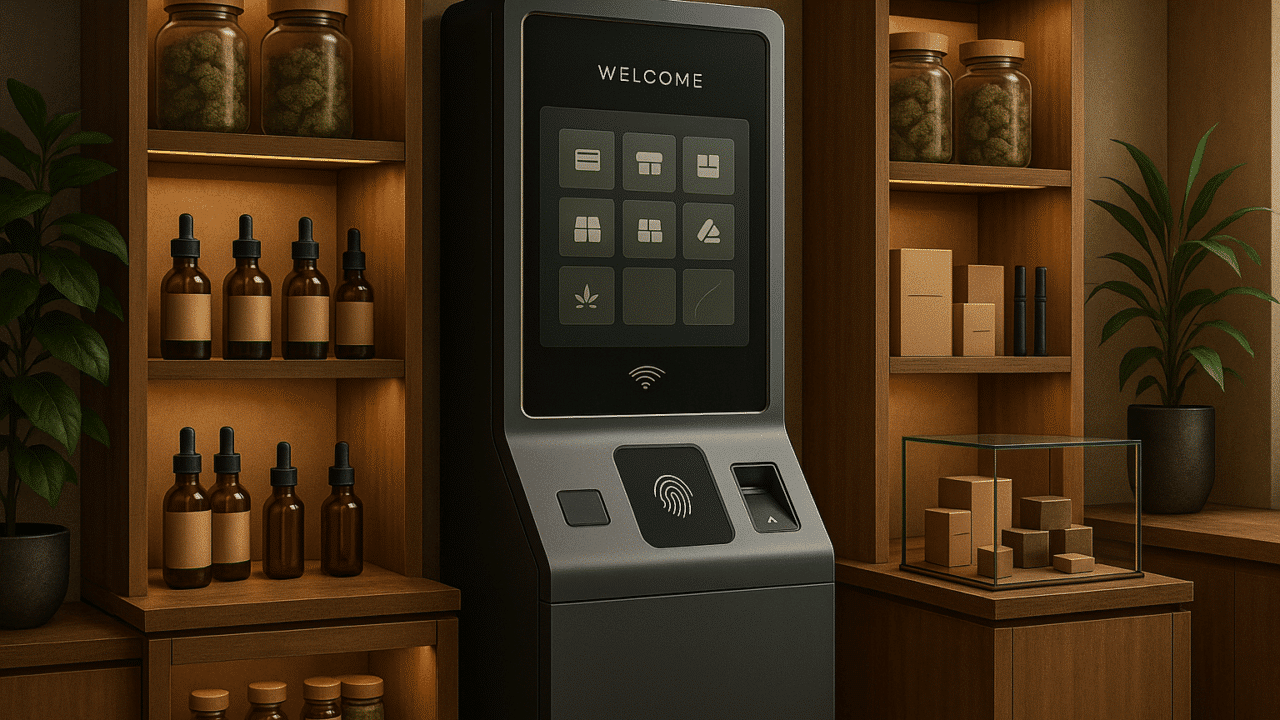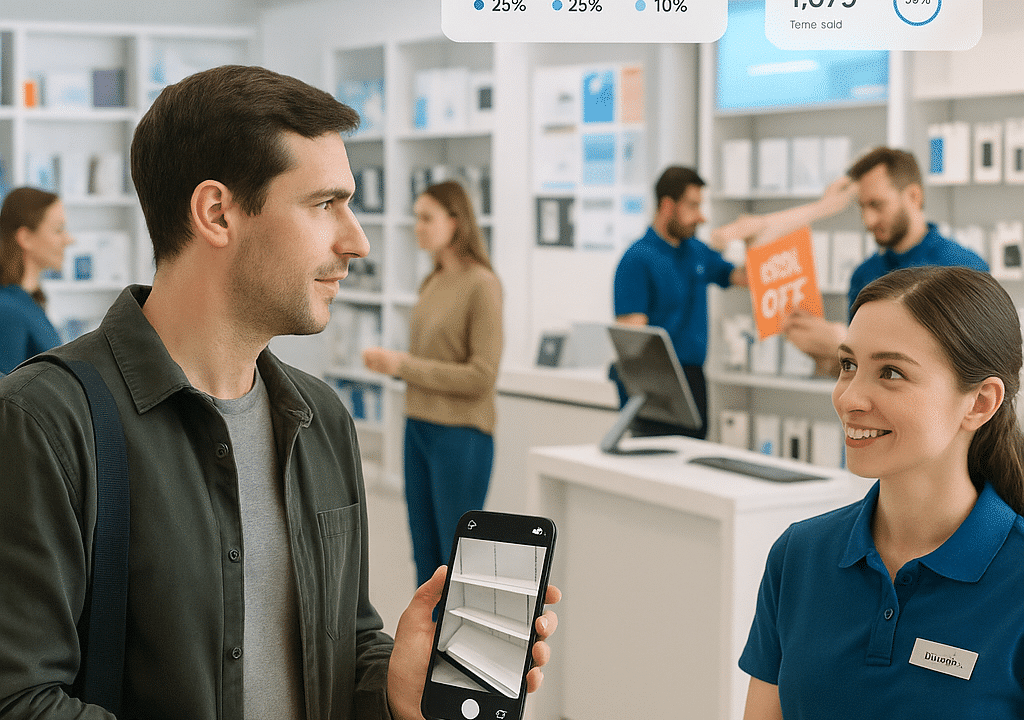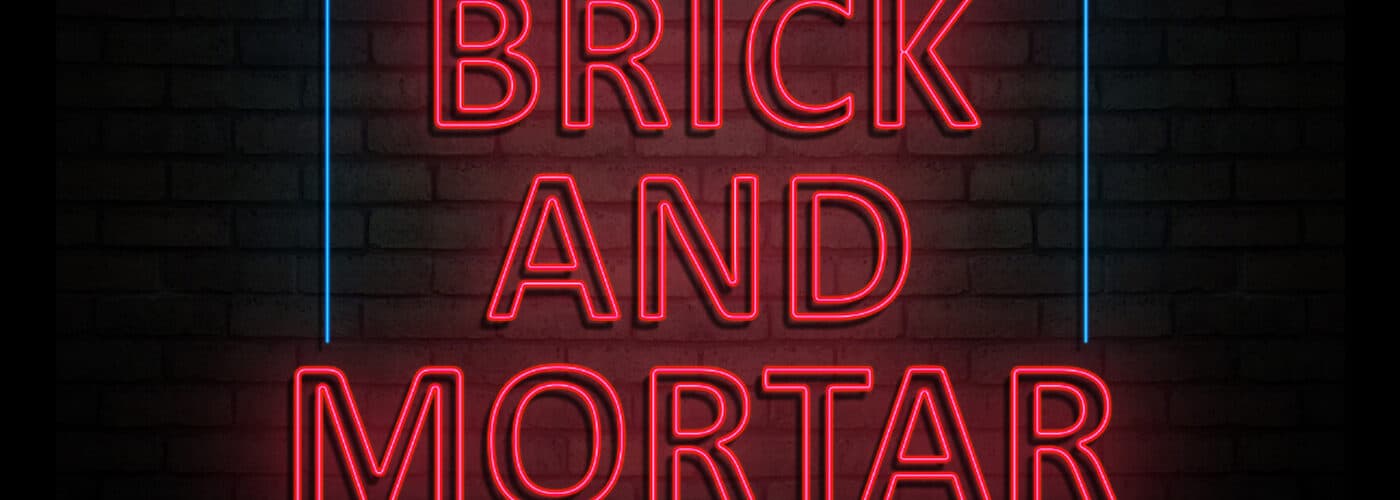
The transition from clicks to bricks: why does it make sense?
The transition from an online business to a physical retail space makes a lot of sense. While the assumption is that all consumer shopping is online, the reality is that e-commerce sales accounted for only 9 percent of all retail sales in 2017, a figured that’s expected to reach just 12.4 percent by next year. With those stats in mind, a growing number of e-commerce retailers are realizing that it’s smart to also have a brick-and-mortar presence, such as Warby Parker, the online retailer once dubbed the “Netflix of eyewear,” with now more than 100 storefronts and growing. Other e-commerce brands growing their physical footprints include SimpliSafe (home security), Casper (mattresses) and Untuckit (button-down shirts). Some brands are taking the plunge with dedicated brick-and-mortar stores, while others are testing the waters through special events in membership retailers or pop-up shops. While there are distinctive benefits for online brands to move into the built world, there are new complications to navigate, as well.
A physical store comes with added costs
Storefronts mean not just retail, but real estate, and finding the right space for your business and negotiating the lease can be daunting. Not to mention all the other fixed costs of operation. That’s where the expertise of third-party retail solutions companies—who help countless e-commerce stores move into the built world—can be a lifesaver. The economies of scale of working with a third-party firm who has tried-and-true systems in place for everything from IT to inventory means you’ll be devoting less time to operations and more time to sales.
Staffing and training investment
As great as your customer service staff may be for your online business, in-person sales requires a different set of skills and personality traits—they’re brand ambassadors and retail storytellers who are bringing your online product to life. Prepare to invest in recruitment and training to find the right people to staff your physical storefront.
Play to your strengths
What can your customers find in your brick-and-mortar store that they can’t get online? Offer customers unique experiences that they miss out on when shopping online, such as in-store exclusives, special events, loyalty rewards or other perks.
Your offline presence should be an extension of your online brand
Make sure your online and in-store strategies are in sync; that consumers feel everything from the merchandising to the sales associates to the products reflect the brand they’ve come to know and love online.
If you’re an online retailer looking to make the move from e-commerce into an in-store setting, T-ROC can help. We’re at the cutting edge of Retail 4.0, redefining what concept of what brick-and-mortar can be, and we’d like to help guide the way for your online business.



